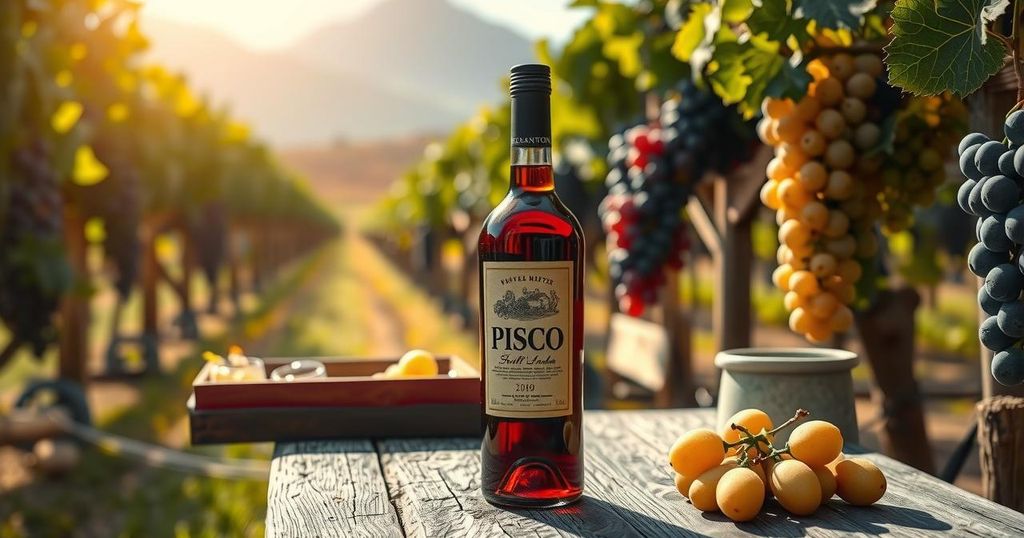Peru achieved a significant milestone when UNESCO recognized its colonial manuscripts detailing pisco production from the 16th century. This acknowledgment strengthens Peru’s case against Chile in the long-standing dispute over the spirit’s heritage. Key figures praised the certification for solidifying national identity and the cultural importance of pisco.
On December 20, 2024, UNESCO designated a collection of early colonial manuscripts from Peru, affirming their significance in documenting pisco’s production and trade from the 16th century. Celebrated as the oldest records of their kind, these documents have been included in the UNESCO Memory of the World Register. The manuscripts illustrate the historical narrative of grape cultivation and the parallel rise of viticulture during the Spanish colonization, establishing pisco as a cornerstone of Peru’s national identity.
This UNESCO recognition is particularly important for Peru in its long-standing dispute with Chile over the rightful origin of pisco. Notably, former Agriculture Minister Milton von Hesse highlighted, “Gradually, it will become obvious to everyone that pisco is clearly Peruvian,” reflecting the national pride associated with this acceptance. Minister of Production Sergio Gonzalez Guerrero affirmed that this triumph underscores Peruvian identity and honors the contributions of local producers in promoting pisco.
The contentious pisco dispute traces back to the early 20th century when Chile first recognized pisco as a protected designation of origin in 1931. This move was coupled with the industrial push for brandy quality control, amidst the backdrop of strained relations resulting from the War of the Pacific, during which Chile attained victory over Peru and Bolivia. The ongoing cultural significance of pisco has intensified this rivalry, now receiving renewed validation from international acknowledgment.
Peru’s authenticity claims concerning pisco are reinforced by UNESCO’s historic designation, supporting the narrative of its heritage and cultural roots. The certification is expected to alter the perception of pisco internationally, shaping acknowledgment of its true cultural significance in Peru’s gastronomy. As the dispute continues, such international recognition serves as a pivotal moment in asserting Peru’s legacy in pisco production.
This recent UNESCO certification serves as a monumental endorsement for Peru’s claim to the heritage of pisco, a traditional brandy produced from grapes. The manuscripts and records acknowledged by UNESCO originate from the 16th century and document the early cultivation of grapes and production of pisco in Peru, thereby illustrating its rich historical roots. This recognition plays a significant role in the ongoing conflict with Chile regarding pisco’s origin, given that Chile has historically contested Peru’s claims since the early 20th century.
In summary, UNESCO’s recognition of Peru’s early manuscripts concerning pisco production marks a pivotal victory for the country in its cultural identity and historical claims. This development not only enhances Peru’s standing in the ongoing pisco dispute with Chile but also emphasizes the cultural and historical significance of pisco as a national symbol. As Peru continues to assert its legacy over pisco, international support, such as that from UNESCO, reaffirms the country’s rightful place in the narrative of this beloved spirit.
Original Source: www.lemonde.fr






